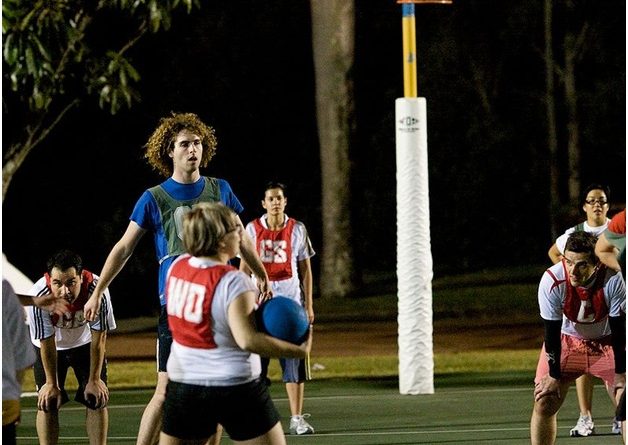Netball passing techniques to keep opponents on their toes
Netball passes fall into three main categories: one- and two handed-passes, bounce passes and flick passes. These passes include low ball and high ball options, which can be used to outsmart an opponent and work towards the shooter taking possession of the ball.
Netball drills that focus on passing techniques are an effective way of teaching players how best to pass and to apply the right type of throw to a specific situation. In some cases, a ball may need to be delivered at speed; in others, floating the ball may be a more desirable choice.
One- and two-handed passes
One- or two-handed passes are the easiest ways to throw the ball and it is essential that players master these basic throws before moving on to the more complex options. With one- or two-handed passes players must hold the ball firmly and put their weight behind the throw. The wrists and fingers are used to guide the ball and the arms and shoulders give power to the motion.
Netball drills that not only teach these techniques but also build upper body strength are an excellent way to improve a player’s prowess. Sites such as http://www.sportplan.net/ offer plenty of exercises and drills that can be implemented to assist in refining these throws.
Bounce passes
Bounce passes are more complex but have the added bonus of an element of surprise. Often the other team does not except a bounce pass and this is a great way of manoeuvring the ball around a player and into an open gap.
For a short bounce, players will flick their wrists and make sure the ball is aimed in the right direction; for a longer bounce pass, a player may want to lift the ball higher and throw it down rather than up and over.
Flick passes
The fastest way to throw the ball forward, the flick pass is best implemented when the game is running at a rapid pace. The ball must be caught, controlled and swiftly passed using a flick of the wrist. This type of pass is a great way of catching a defender off guard, as they do not have time to register the catching position.
Mastering these three techniques is an excellent starting point and can form the basis for more complex actions.





